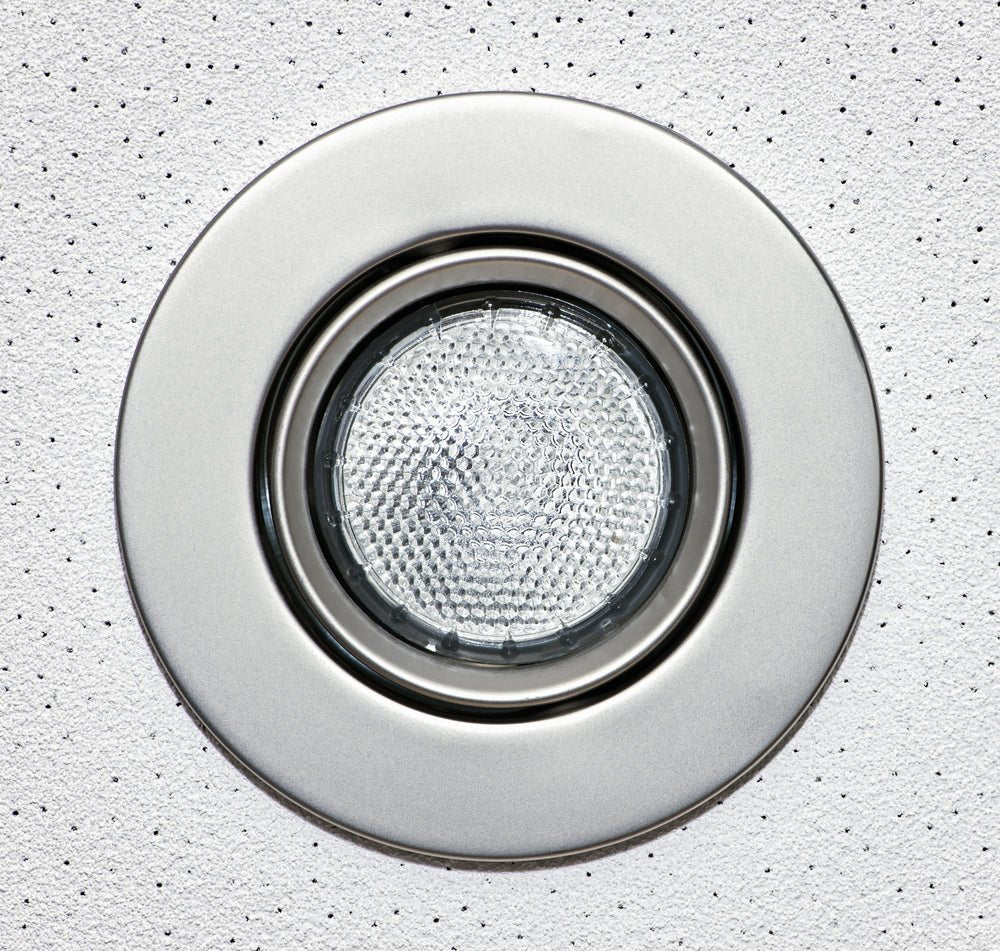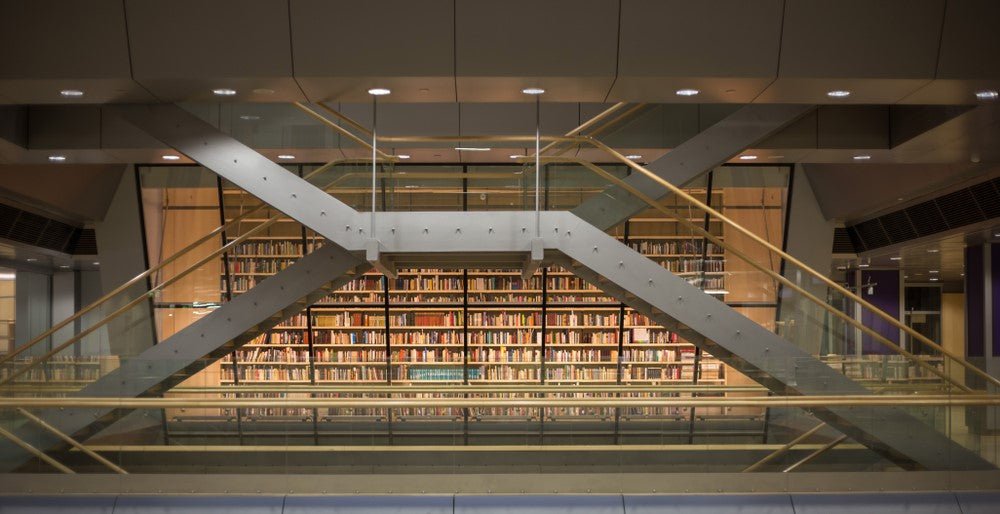A luminaire is an architectural element that enhances the design and creates a unique effect by giving off light.
LED luminaires have become increasingly popular in recent years due to their high energy efficiency, long lifespan, and low maintenance requirements. They are commonly used in residential, commercial, and industrial settings for a variety of applications, including general lighting, accent lighting, and task lighting.
LED luminaires come in a wide range of shapes, sizes, and styles, including recessed downlights, surface-mounted fixtures, pendant lights, and track lighting. They are available in a variety of colour temperatures and can be dimmed to provide adjustable levels of brightness.
What is the History of Luminaire?
The invention of the electric light bulb by Thomas Edison in the late 19th century revolutionised lighting technology, making it possible to create a range of new types of luminaires. The Art Nouveau movement in the late 19th and early 20th centuries embraced the use of lighting as a decorative art form, resulting in the creation of stunning and ornate luminaires.
In the mid-20th century, modernist designers embraced functional and minimalist designs for luminaires. This approach emphasized simplicity and efficiency, using new materials such as plastics and aluminium to create sleek and streamlined designs.
Today, designers continue to innovate and push the boundaries of luminaire design, creating new and exciting lighting solutions that combine form and function in innovative ways.
What is the Difference Between a Light and a Luminaire?
A light and a luminaire are related but different concepts. A light refers to the actual source of illumination, such as a light bulb or a LED panel. A luminaire, on the other hand, refers to the entire lighting fixture that houses the light source, including the lampshade or housing, electrical components, and any supporting structures.
The luminaire is designed to control and direct the light emitted by the light source to achieve the desired lighting effect. Luminaire design can have a significant impact on the distribution of light, the colour temperature, and the overall ambiance of a space.
What Is the Difference Between a Lamp and a Luminaire?
A lamp generally refers to the light source itself, such as an incandescent bulb, fluorescent tube, or LED array. It is the component that produces light and may be interchangeable with other lamps of the same type.
A luminaire, on the other hand, refers to the complete lighting fixture, including the lamp holder or socket, the electrical components, and the shade or enclosure that surrounds the lamp. The luminaire is designed to protect and control the light output of the lamp, and it can significantly affect the distribution and quality of the light in a space.
What are the Types of Luminaires?
There are many different types of luminaires, which are classified based on their shape, function, and installation method. Here are some common types of luminaires:
Indoor Luminaires
Indoor luminaires are used to create different effects in your home or office. You can use them to accentuate the mood of an area, such as a kitchen or bathroom. In addition, indoor luminaires can also be used to create a unique lighting effect that would enhance any room in your home or business. For example, you could use one at night time when you have a party and turn them on low so everyone feels relaxed but still see everything clearly without having any glaring lights around them!
Outdoor Luminaires
Outdoor luminaires are lighting fixtures designed for use in outdoor environments. They are typically more rugged and durable than indoor luminaires, as they must withstand exposure to the elements, including rain, wind, and extreme temperatures.
What is an example of a Luminaire?
An example of a luminaire is a pendant light fixture. A pendant light is a type of luminaire that hangs from the ceiling by a cord, chain, or rod. It typically has a single light source, which may be enclosed in a shade or exposed.
- Pendant luminaires: These are suspended from the ceiling using a cord, chain, or rod. They are often used for decorative or task lighting.
- Recessed luminaires: These are installed into the ceiling or wall and provide a streamlined look. They are often used for general lighting or as accent lighting.
- Track luminaires: These are mounted on a track system that allows for adjustable positioning of the lights. They are often used for accent lighting or task lighting.
- Surface-mounted luminaires: These are attached directly to the ceiling or wall and are often used for general lighting or as accent lighting.
- Wall-mounted luminaires: These are mounted on the wall and can provide both ambient and task lighting.
- Floor luminaires: These are free-standing and can provide both ambient and task lighting. They are often used as decorative pieces.
- Desk luminaires: These are designed to provide task lighting for workspaces, such as desks or tables.
- Outdoor luminaires: These are designed to be weather-resistant and are often used for security lighting or accent lighting in outdoor spaces.


